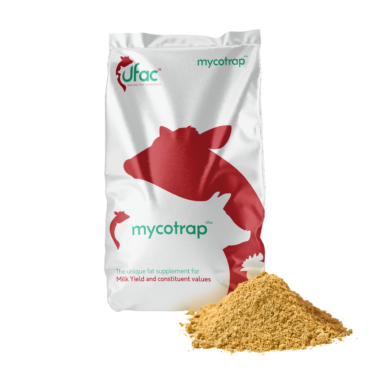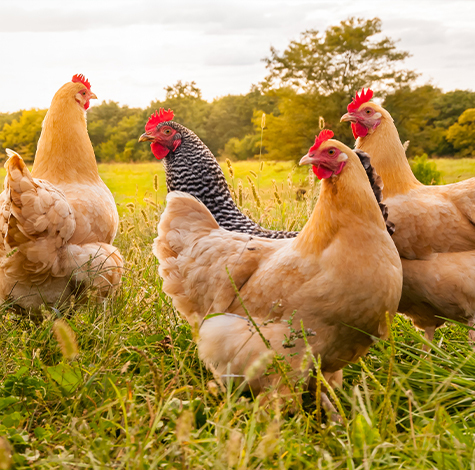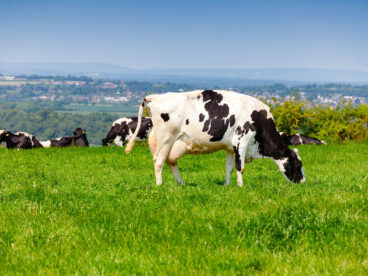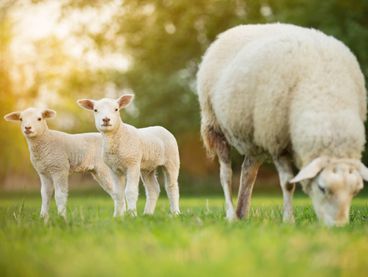Production drops, compromised performance and negative impact on fertility likely when consuming mycotoxin-contaminated feed
The changeable weather challenges this year, particularly during forage ensiling, could translate to compromised silage quality but also an increased risk to health and productivity due to contamination, dairy producers are being warned.
With the potential for grass and maize silages across the UK to contain levels of mycotoxins deemed at a higher-than-average risk for use in dairy production, producers are being advised to take action to mitigate risks and avoid performance shortfalls.
“An increased presence of moulds and mycotoxins can greatly affect health and productivity in dairy herd,” explains Mike Chown ruminant technical manager with UFAC-UK.
Mycotoxins are toxins chemicals produced by fungi that readily colonise crops in the field and in storage. Even at very low levels, they are extremely harmful to ruminants, particularly freshly calved dairy cows.
“Performance can be altered when consuming mycotoxin-contaminated feed for extended periods. We may see reduced feed efficiency due to reducing cellulose digestion, volatile fatty acid production, and rumen mobility,” explains Mr Chown.
“Mycotoxins within the rumen can have a major effect on the rumen microbes, ultimately reducing feed digestibility, which will subsequently reduce available nutrients for milk production, body conditioning and reproduction,” he adds.
The effects of mycotoxin challenge appear quickly, and are best treated equally fast to minimise the losses resulting from them. A combination of control measures are essential to reduce risks, and the use of a broad-spectrum binder will optimise the ability to achieve this.

Independently trialled at the renowned centre of mycotoxin research, Gent University, mycotrap is a specialised clay mineral compound with an effective binding solution, helping to minimise the levels of mycotoxins within the rumen and at low pH, so is effective throughout the entire gastrointestinal tract. Therefore, it reduces their overall effect.
“mycotrap works by incorporating specific activated clay minerals with added glucose pre-cursor, glycerine, to provide enhanced toxin control and improved liver function. Glycerine also has anti-mould properties, which helps minimise heating in the TMR,” says Mr Chown.
As well as minimising the risk of mycotoxin poisoning, the inclusion of glycerine means mycotrap uniquely helps the animal cope with the consequences.
As a precursor of glucose, glycerine helps boost the animals energy supply to fight infections and so supports recovery of the immune system. In addition, it also acts as a preservative, helping minimise the deterioration of feeds caused by the moulds which produce mycotoxins.
mycotrap is a free-flowing and palatable product, easily incorporated into feeds, helping to maintain healthy, productive animals.
“Reducing the effect of mycotoxins means better immunity to disease challenges, improved daily feed intake and increased milk production,” says Mr Chown.
“By minimising the initial risks and helping the animal resist the challenge, mycotrap gives producers a two-pronged approach to preventing performance and productivity loss, making it a highly effective weapon in the battle against all commonly occurring mycotoxins.”


 Back to News
Back to News 



